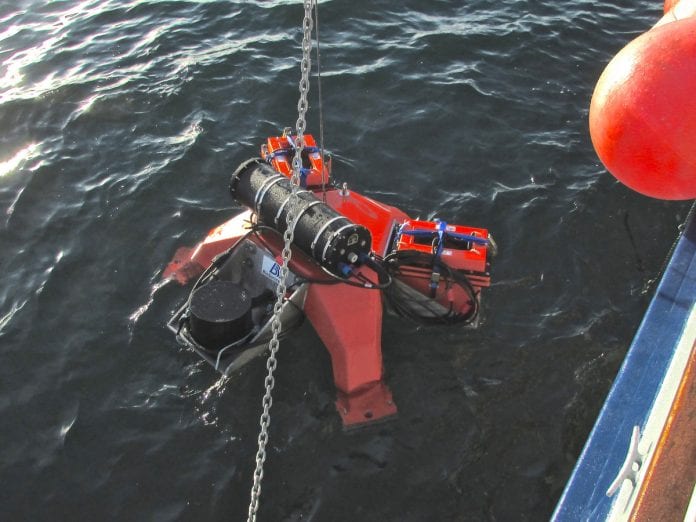
Marine scientists in Prince William Sound are learning more about how herring race to elude predators as they move towards the surface for spawning.
In a research paper published this summer in Marine Ecology Progress Series, Prince William Sound Science Center’s Pete Rand outlined his findings from underwater observations of Pacific herring as they responded to predators during the 2016 spring spawning season.
How herring respond to predators is an important factor in determining the status of the species and their recovery.
The autonomous Ecosounder was used in a spawning area just outside of Port Gravina in Prince William Sound. It recorded two weeks of data and was able to detect swim speeds of individual herring as they fled predators. Rand observed that the herring go deep as the predators go deep, and their swim speeds are correlated to those of the predators chasing them through the water column.
The BioSonics Echosounder is an instrument that uses SONAR to determine the depth of a body of water or of objects below the surface by sound waves.
While only one site was monitored, Rand notes that it might be possible in future years to deploy a number of these sonar units to better document the changes occurring in the largest spawning aggregation left in PWS.










